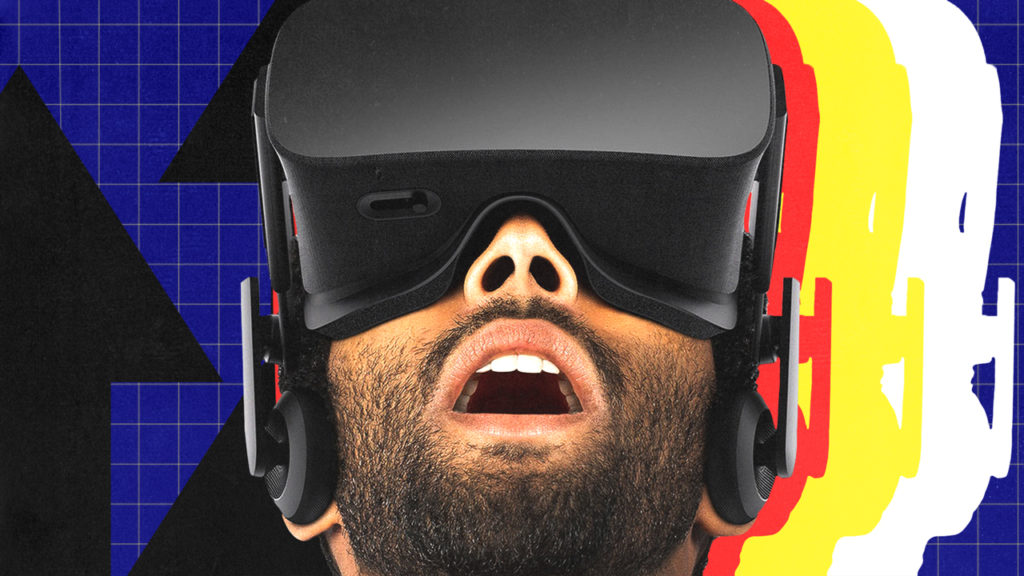According to the results of a new consumer survey from Myplanet, virtual reality (VR) in the entertainment space is the most accepted form of VR technology, with consumers expressing a 32 percent comfort level with VR gaming and 30 percent comfort level with VR movies.
Myplanet distributed a survey to 500 US respondents aged 18 to 65 in November 2020 to gauge consumer perceptions of VR technology in different areas of their personal lives versus their workplace. The findings suggest that consumers favor VR more in situational uses, but aren’t necessarily ready for VR in travel and tourism experiences.
When asked about VR headsets on their own, 26 percent of respondents expressed active comfort, a figure that Myplanet says remained consistent in 2020. Comfort levels increased when asked about situational uses of VR tech, for example VR gaming, VR calls with friends and family and VR movies.
The youngest demographics surveyed conveyed the most comfort with VR headsets. Myplanet observed a similar generational trend with VR gaming. Compared to their older peers, those from the age group 18-44 were also significantly more favorable to VR education. On the other hand, those aged 35-54 expressed more comfort with VR technology in the workplace as compared to their younger and older peers.
“Workplace uses are a fairly new use case still, and so there is limited exposure . . . But that will change, especially as VR starts to become more accessible at the consumer level. Prices for devices are falling, and as we are seeing with voice activation and smart controls, when people get used to a technology in their personal lives, they start to want and expect it in their private lives too,” Myplanet CEO Jason Cottrell tells AList.
In general, consumers prefer VR tech in their personal lives such as gaming (32 percent comfort level) rather than VR at work (24 percent comfort level). Thirty percent of respondents said they feel comfortable with VR movies and 29 percent expressed comfort with VR wellness sessions.
“Movies, concerts, even theatre… these experiences would probably be best offered in both formats, allowing the consumer to determine whether spur of the moment decision-making is more important to them than the highest quality resolution with no potential for a hiccup or buffering.”
Cottrell says that for many providers, issues around copyright will dictate how they deliver the experience, which will likely mean streaming over downloading. But for customers, he notes, the mix of both would be best, as Myplanet has seen with non-VR movie and television experiences to date.
Consumers aren’t quite ready to embrace VR-powered travel and tourism experiences, as just 22 percent of consumers said they feel comfortable interacting with technology in this setting.
Part of this reluctance toward adoption could be attributed to device proliferation or delivery method of the experience, according to Cottrell. Given that device availability is increasing and the costs to own are decreasing, more consumers have access to devices–the biggest barrier to adoption in the past.
For all of the VR technologies that Myplanet surveyed, male respondents indicated that they’re more comfortable with VR than female respondents, including in the workplace, gaming, movies and headsets.
Research from Omdia found that VR content revenue will reach $4 billion in 2025—90 percent of which will come from games– and $10 billion will be spent on VR hardware and software in 2025. By that point, Omdia predicts there will be 45 million VR headsets “actively” being used by consumers.
For businesses looking to leverage VR, Cottrell says to create experiences that offer real value to users, in both quality and content. He also notes the importance of getting a composable architecture in space.
“With a composable (or headless) architecture your entire digital footprint can be more easily connected and your existing materials can be leveraged to new technologies as they emerge. Composable sets a foundation for adaptation that means your business can test and experiment with and eventually adopt the technologies that make sense for your business when you want.”

